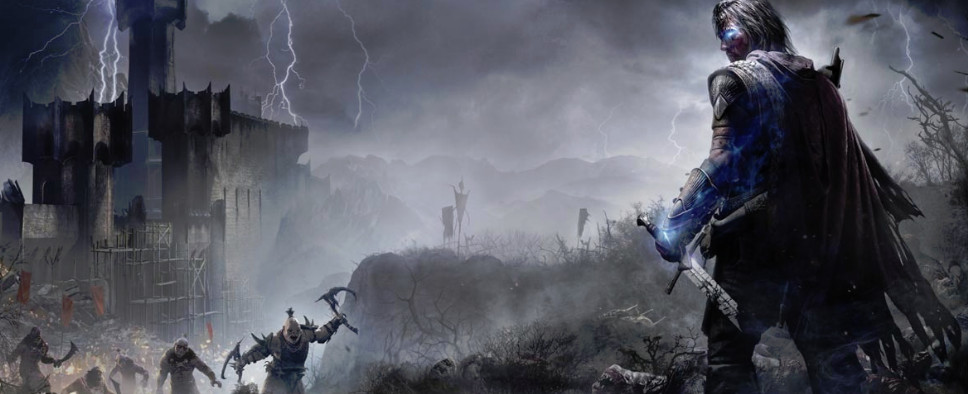Middle-earth: Shadow of War & the Truman Show Effect
-
Category: News ArchiveHits: 1388

A feature article on Rock, Paper, Shotgun takes a look at Monolith's Middle-earth series and their Nemesis System in order to figure out what exactly sets these games apart from the plethora of other open world games. An excerpt:
Middle-Earth: Shadow of War expands on its predecessor’s innovative Nemesis System and its believable NPCs take us one step further away from the static worlds of most open world games. I’ve been thinking about how that works, and why so many games make me think of The Truman Show.
In most open world action games, there are a few moving parts. I don’t mean the soldiers and the missiles and the vehicles, I mean the actual systems in play. Start a mission and the game might spawn some of those soldiers, missiles and vehicles to obstruct your path, or to give you something to do while you head toward your objective. Complete the mission and you might end up unlocking new abilities or weapons or areas. There’s a process to follow and different elements of the game shift into play as you move through that process.
Shadow of War has objectives and sidequests and baddies. It has collectibles and loot, and on the surface its icon-littered map doesn’t look very different to any of the ones you’d see in a Far Cry or even a Witcher. As in those games, Mordor’s icons are not necessarily moving parts. They’re static objects to collect, dollops of experience to scoop up and apply to your character. Mordor creates movement through its characters though – instead of quest-givers and enemies, waiting to be activated, it has the disruptive entities enabled by the nemesis system.
In the sequel, these creatures can be recruited and led into battle against strongholds. They can act as bodyguards as well as being thorns in your side. However, more important than anything they do while by your side or in your face is what they do when you’re not observing them; they continue to exist, to fight, to squabble and to gain new skills.
[...]
Mordor doesn’t escape the Truman Show Effect entirely but by giving NPCs agency, and simulating their rise and fall as they war with one another as well as the player, it allows for unscripted storylines that don’t involve human input at all. You might learn about a peculiar orc with an axe embedded in his skull and even if you never meet him, he’ll carve his way through his peers, either rising to lead a warband or falling somewhere along the way.
If an orc falls in an axefight and there is no player character to hear its death rattle, does it still make a sound? Yes.
The strength of the Nemesis System isn’t just in the stories it actually creates, it’s in the expansion of the typical open world illusion. When gangsters destroy your apartment in GTA IV, you know that they destroy every other players apartment as well, just as you know that those cars that are suddenly queueing up at a previously empty intersection were created just for you. You are both actor and audience, and the game is determined to occupy your attention at all times, even if it has to resort to using crude finger puppets when it hasn’t got a spectacular setpiece lined up for you.
I spent forty minutes with Shadow of War at E3 and it impressed me more than any other game I played at the show. As with the first game, I’m not wholly convinced by the minute-by-minute movement and combat, but the Nemesis System has been expanded superbly. It’s a game that genuinely makes me feel like a character in a world that hasn’t been constructed as a set for my performance. The orcs have enough personality, and the writing is witty enough, that I believe in them as independent entities.

